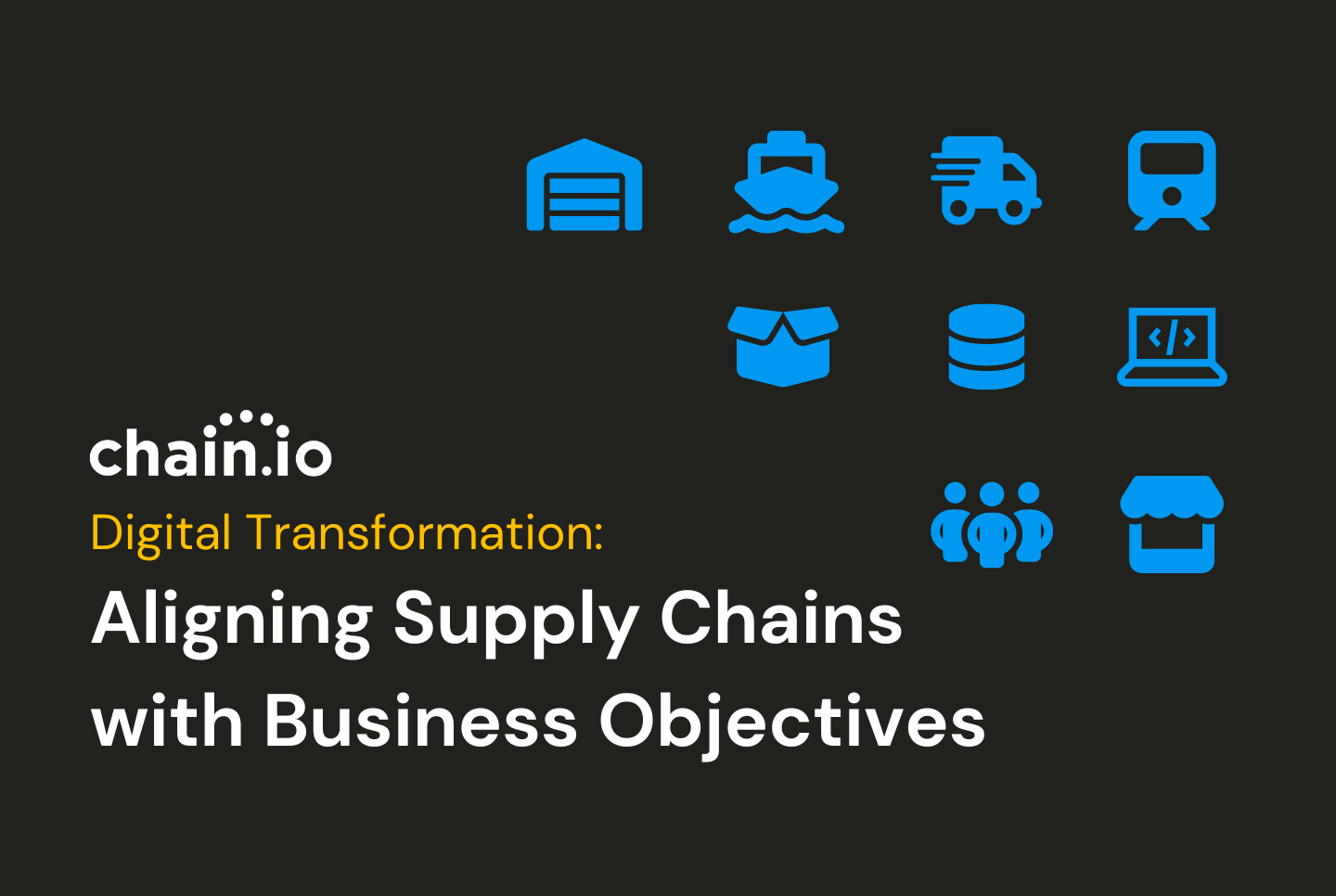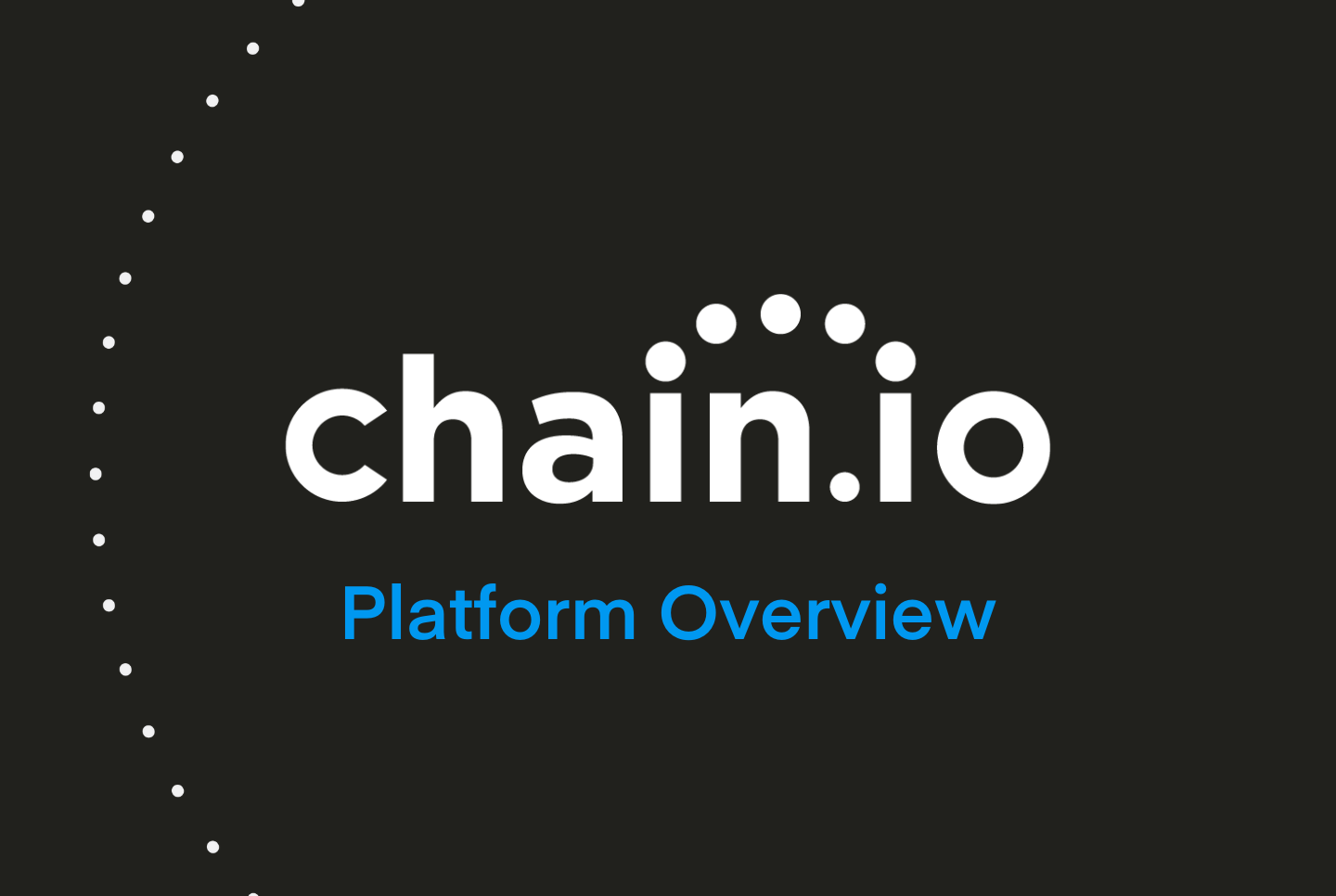Managing a modern shipping operation involves navigating a complex web of internal teams and external service providers.
Shippers must juggle various data points—ASNs, milestones, invoices, bookings—to keep their supply chains moving efficiently. However, this data is often fragmented, inconsistent, and delayed, leading to significant operational challenges.
Engaging with your service providers to get the information you need to run your business shouldn’t be complicated. For many large shippers, getting all of the details about your shipments requires tedious outreach and wrangling to gather all of your data in one place.
When you finally do receive data from service providers, this information then has to be manually scrubbed to fit internal formats for all of the destination applications. Relying on these manual processes means that critical decisions are delayed, impacting your ability to make fast decisions.
With all of the uncertainty in today’s shipping market, visibility into what has shipped and where goods are in real-time is an absolute necessity. In this blog, we’ll dive into the ways you can overcome data management challenges to close the information gaps across your supply chain.
What are supply chain information gaps?
When we reference “information gaps” in your supply chain, we’re referring to the missing data or delays in receiving crucial details about your supply chain operations. These gaps lead to major inefficiencies that hinder your team’s decision making and ability to do their jobs. Some examples:
Delayed Data Transmission
Example: A supplier sends an Advanced Shipping Notice (ASN) days after the goods have been shipped. This delay means the receiving team isn't prepared for the arrival, causing bottlenecks at the dock and potential storage issues.
Impact: Delayed data affects inventory management, leading to either overstocking or stockouts, both of which are costly for the business.
Inconsistent Data Formats
Example: One supplier sends shipment data in a spreadsheet, another in a PDF, and a third via an EDI message. Your internal team must manually convert these into a consistent format for their system (s).
Impact: This manual process is time-consuming, error-prone, and labor intensive, resulting in incorrect data entries, delayed processing, resource constraints.
Fragmented Communication Channels:
Example: Shipment updates are communicated through emails, phone calls, and various software platforms. Important details are missed or lost in the shuffle.
Impact: Fragmented communication leads to a lack of real-time visibility, making it difficult to track the status of shipments accurately and in a timely manner.

The Data Dilemmas
Engaging with service providers to obtain your supply chain data shouldn't be complicated, yet for many large shippers, it is. Even within your own organization, there are often silos and fragmented data sources that your supply chain team doesn’t have easy access to. So many shippers we speak with are up against:
Tedious Outreach
Shippers often spend considerable time reaching out to various service providers and internal departments to collect necessary data. This process is not only time-consuming but also prone to errors and inconsistencies.
Manual Data Scrubbing
Once the data is collected, it usually needs to be manually scrubbed to fit specific formats. This manual intervention is labor-intensive and increases the risk of errors, further delaying critical decisions.
Delayed Decisions
The reliance on manual processes means that crucial decisions are delayed. Instead of knowing you can fulfill a new order and moving quickly, there may be delays of days or weeks until you can ship out product. This can significantly impact your company’s ability to respond swiftly to changes in the market, affecting overall business agility and growth potential.
Transparency Issues
With the unpredictability in today’s shipping market, real-time transparency into shipment statuses is essential. Without this transparency, shippers cannot make accurate commitments to their customers, leading to customer dissatisfaction and potential loss of business.
Prioritizing Data Challenges
Addressing these data challenges is not just about improving efficiency. For your team, access to all of your data is a competitive advantage in a rapidly changing market. As you take the time to automate the collection of data across your organization and external service providers, your team can expect to:
- Make more informed, real-time decisions when opportunities, and challenges, arise
- Make accurate commitments to customers with the right information easily available
- Reduce manual effort and time spent managing data and far less errors
- Handle increased volumes without compromising on efficiency or accuracy
- Save time and money for your business
Managing any sort of data management and digitization effort is a daunting but essential task. Getting data usable and accessible across your team and service providers isn’t glamorous or easy. There is a constant maintenance and grind required to do this manually and in house. Check out our guide on aligning your data with your business needs to learn more.

Solutions for Shippers
To overcome your data management and gathering challenges, your team can adopt several strategies:
1. Automate Data Collection:
Implement systems that automatically collect data from service providers, reducing the need for manual outreach and ensuring consistency. With this strategy, making sure your data is available across systems and where you can easily access it is crucial. Chain.io helps with this.
2. Standardize Data Formats:
Ensure that data from different providers follows a standardized format. This reduces the need for manual scrubbing and facilitates easier integration into internal systems.
3. Improve Vendor Collaboration:
Foster better communication and collaboration with vendors. Establish clear data sharing protocols and provide training to ensure compliance.
4. Leverage Technology:
Invest in technology solutions that enhance visibility and automate data processing. These solutions can provide real-time updates and integrate seamlessly with internal systems.
5. Centralize Data Management:
Use a centralized platform to manage all data related to shipments. This ensures that all teams have access to the same accurate and up-to-date information.
A Real-World Example
Before engaging with Chain.io, this shipper received inconsistent advanced shipping notices (ASNs) and milestones from their suppliers shared across multiple channels and through multiple stakeholders, making it difficult to leverage this information to make accurate commitments to their customers and for visibility into shipment statuses.
Using the Chain.io integration platform, the shipper’s external suppliers are able to share the ASN and milestone data their internal team needs through one streamlined platform for better control over their planning and forecasting processes.
Before streamlining vendor ASN and milestones, the shipper’s global materials team had only 26% accuracy on knowing whether goods are in transit vs. on hand. Today, they have 99.7% accuracy and information is shared in one single output for better decision making and planning.
With support from Chain.io and our integration platform, the shipper has:
- Onboarded 100+ external vendors to share streamlined and automated ASN and milestone data that can be used for better planning, forecasting, and analytics across the business
- Vendors self-serve in the Chain.io platform, saving the team hours of manual re-entry from one system to another.
- Vendors upload their own files with mandatory standardized fields and receive error notifications if data flows aren’t functioning as expected so they can be fixed quickly and without major disruption.
Now that they have an automated flow of data from their vendors available in their systems, their demand supply planners can better plan labor needs, consolidate shipments to save time and money, and commit to accurate delivery estimates for customers.

How Chain.io Helps
Shippers face significant challenges in managing data from multiple sources. By adopting strategies to automate and standardize data collection, improving vendor collaboration, and leveraging technology, they can overcome these hurdles.
Chain.io connects data from external service providers to your internal systems so you receive proactive shipment updates in formats your team can use and understand. Our platform is powered by pre-built adapters that make connecting internal and external systems fast and secure.
Using the Chain.io platform, integrate your systems to an LSPs TMS to provide proactive status updates throughout the lifecycle of your shipments and exchange detailed shipment level data such as invoices, documents, and advance shipment notifications. We connect:
- Milestones
- ASNs
- Bookings
- Invoices
- Documents
- ISF details
Automating the flow of data from external service providers to your internal systems vastly reduces your teams manual outreach and reentry and ensures that data is consistent, accurate, and timely. The result is a more agile, responsive, and efficient supply chain, capable of supporting your company's strategic growth.
If you’re struggling with managing data from vendors or need help getting your data from a number of fragmented systems, book a meeting with our team of supply chain experts to learn how we can help.
Let's Talk


